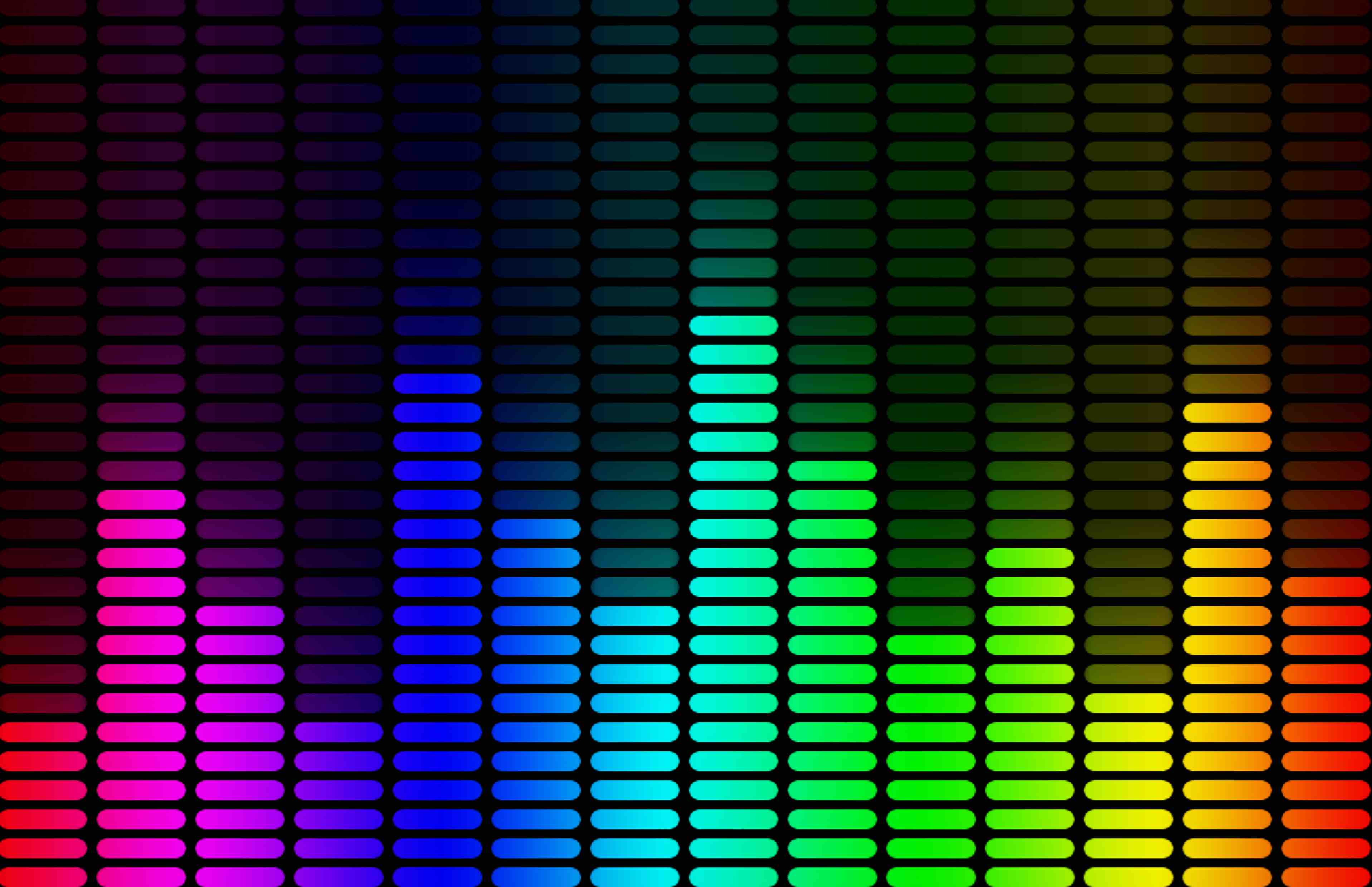Choosing Your Signal Chain: EQ Before Compression for Warmth, After for Clarity
When it comes time for students to mix their final class projects, a common question I hear is, “Should I put the EQ before or after the compressor? Which way is correct?”
Well, there’s not actually a right or a wrong way. Instead, it’s about the sound that you’re going for, the sound that you hear in your head. Each position, EQ pre (before) or EQ post (after) compression produces a distinctly different sound, a different tonal quality, and coloration.
As a rule, using EQ before your compressor produces a warmer, rounder tone, while using EQ after your compressor produces a cleaner, clearer sound.
So, the question you need to ask yourself for each channel in your mix is, “Do I want to EQ the compressed signal or do I want to compress the EQed signal? What sound do I want for this signal?”
I find that in most of my mixes about 40% of my EQ is post compression. I usually start with all of my channel EQ set up pre compression, but in Pro Tools it’s a snap to drag and drop the EQ plug-in to a different insert slot and hear the difference.
To facilitate this workflow I have my compressor plug-in inserted in slot C (right in the middle of the inserts) and my EQ plug-in inserted in slot B. If I then want to hear the EQ post compression, I simply drag it to insert slot D.
This works great even when I’ve already created my EQ curve pre compression, I simply drag the EQ plug-in post compression and Voila! I can immediately hear how my signal sounds when I’m EQing the compressed signal, vs. compressing the EQed.
TAKE A BERKLEE ONLINE COURSE WITH ERIK HAWK!
It’s also fine to insert your EQ pre and post compression. But, you should employ this technique more sparingly because overdoing your EQ can lead to a mix that sounds harsh and grating, or the opposite, hollow and dull.
An acceptable way to apply EQ pre and post compression would be to employ a single High-Pass EQ band pre compression, to sculpt your signal at a macro level before compression, and a multi-band parametric EQ post compression to really fine-tune the sound.
Of course, I can talk about how EQ sounds pre and post compression until I’m blue in the face, but this isn’t helping you to hear it. Carefully listening to the difference between the two positions is what will cement the sonic image in your mind and allow you to reach for the appropriate color in your mix.
Below is a rather heavy-handed EQ job pre and post compression for you to hear the difference.
However, don’t just take my word for it—especially since some streaming web audio and computer speakers might lack the clarity necessary to hear this level of fine sonic detail—you should also experiment with these two EQ positions in your own DAW software program in order to hear the difference on your own system.
STUDY MUSIC PRODUCTION AT BERKLEE ONLINE







